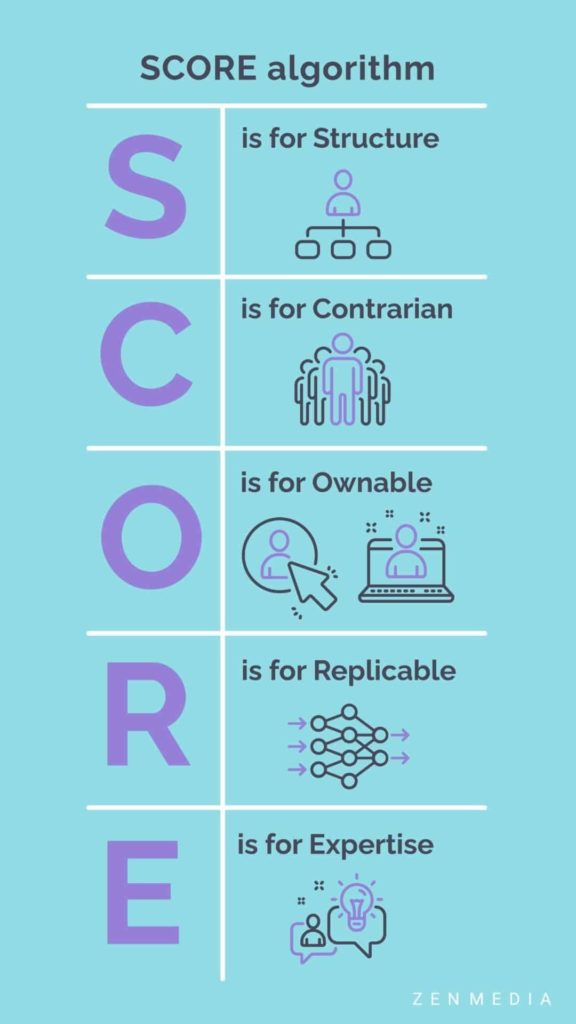Thought leadership is a pillar of B2B PR.
Yet, according to a recent report on thought leadership, less than half of the thought leadership out there is valuable.
How do you square those two facts? How do you ensure that the thought leadership you’re creating really IS valuable—not just to your brand, but to your audience?
Let’s look closer.
What’s the problem with B2B thought leadership today?
Let’s first define why B2B decision makers aren’t seeing value in so much of the thought leadership content that’s out there.
One major reason, according to the report, is the pandemic. The pandemic accelerated the adoption of digital marketing and sales in the B2B world at an unprecedented rate—McKinsey research from October 2020 found that more than 70% of B2B buyers now preferred either digital self-service or remote human interaction over face-to-face interactions.
As customers showed more and more preference for digital brand interactions, B2Bs responded, rightly, by creating more and more digital content, marketing materials, self-serve portals, and other opportunities for buyers to do everything online—from researching their brand to finalizing a purchase.
Related post: How COVID-19 has changed the B2B buyer behavior
But now that the dust is settling on the pandemic, and the urgency of lockdowns and re-openings is behind us, B2B buyers are assessing what’s out there in a more calculating and critical way. The exact statistic mentioned in the report was this:
71% of B2B decision makers said they get valuable insights from less than half of the thought leadership they consume.
They’re looking at the many self-serve options available, and choosing the one that’s the best, not just the first one out of the gate.
They’re looking at the thought leaders in their industry and noticing which business leaders are saying something actually relevant to them—not just for the pandemic era, but in this new post-pandemic era that we’re entering.
It may have felt important for B2B brands over the last two years to add something to the thought leadership conversation just to keep their voices from being drowned out. Perhaps, in some cases, that was true.
But now we know for a fact that it’s not enough to be creating thought leadership content that keeps your name in the conversation. It also has to be relevant to your audience.
So, in a nutshell: too many brands rushed to create B2B thought leadership content as the pandemic pushed even more customer interactions into digital spaces (a trend that’s been happening for some time already).
Now, the thought leadership space is oversaturated, meaning that business leaders who are creating thought leadership need to be ever more critical of the topics they cover and the positions they present. The question must always be: Is this relevant?
How can B2B business leaders create valuable content?
To be valuable, readers (or viewers, depending on the format) need to be able to learn something new or understand something in a new way. For example:
- Upcoming trends in the industry that will affect business in the future
- A creative new method for problem-solving
- Reviews of new product offerings
- How trends are affecting business right now
There’s actually a simple acronym created by LinkedIn that can help when it comes to creating thought leadership that improves brand perception and pulls in leads. It’s called the SCORE algorithm—here’s a breakdown.

S: Structure
Having a solid structure to your thought leadership helps both your audience and your brand. On your audience’s side, knowing that your reports, or whitepapers, or blog posts follow a specific structure makes them more easily digestible, especially when consumed on a screen.
On your brand’s side, that structure will give your team a leg up when it comes to developing original, high-quality content, as they’ll have a starting point for each piece.
There’s no need to create an annual trends report from scratch each year, after all—instead, continue using whatever structure has already worked well, speeding up production and giving your thought leaders more time to work on developing something valuable.
C: Contrarian
Ah, the contrarian take. It’s provocative, engaging, and guaranteed to generate some clicks.
We’re offering this element of the SCORE algorithm with a caveat. For some thought leaders, being contrarian works well because it’s already part of their nature. It’s authentic for them to question widely held ideas, beliefs, or assumptions.
For others, however, it just doesn’t work—and that’s ok. If being contrarian doesn’t work well for your brand or your industry at large, skip it and just focus on being authentic and relevant.
O: Ownable
In other words, make sure your thought leadership is heavily branded. If you’re designing a report, ensure your design matches your brand impeccably—from colors to font to layout. The same goes with your brand voice.
If you haven’t established a strong brand voice yet, now’s the time. You want clients to recognize your voice whether you’re sharing a shout-out on Twitter or speaking through the pages of a massive annual impact report.
Related post: 5 Steps to Developing an Outstanding Brand Voice on Social Media
R: Replicable
There’s no need to reinvent the wheel every time you develop a thought leadership piece. If something’s working, replicate it!
Annual trends reports, monthly “My Take” on a trend column, video breakdowns of a difficult concept—these are all replicable ideas that can save your brand time on the creation side, while helping your audience become more familiar with you and what to expect from your company (both solid steps toward making your brand famous).
E: Expertise
There’s no thought leadership without expertise—it’s the core essential element. Find ways to showcase your brand’s specific expertise through a variety of voices.
You don’t have to limit your brand’s thought leadership to the C-suite. If you’ve got a particularly knowledgeable department head or board member, pull them into the thought leadership stable so they can share what they know and build both their own and the larger brand’s reputation.
B2Bs have to invest in thought leadership to grow their market share and earn clients’ trust. Make sure you’re not wasting that investment by checking your content against the SCORE algorithm, and let us know if we can help!




